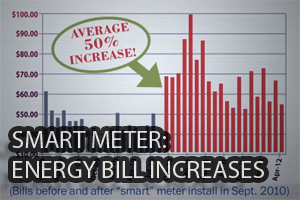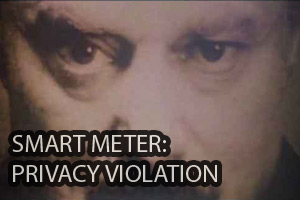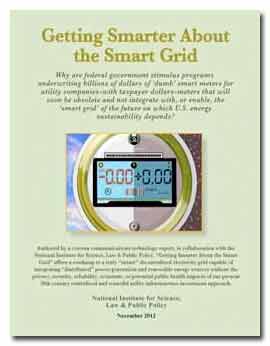The Telegraph / 26 Dec 2013
Consumers face paying hundreds of millions of pounds in unnecessary energy bill levies to fund household “smart meter” displays that companies have warned could be largely redundant.
Ministers want smart energy meters, which take automatic gas and electricity usage readings and send them back to energy companies, installed in every household in Britain by 2020. [SSM Ed. note – Smart Meters are not obligatory]
Bills will initially rise to pay for the £12bn programme, which will fit meters in 30 million homes and businesses.
However, the Government claims it will eventually save consumers money because they will also be provided with an “in-home display” which enables them to see their energy usage in real-time, encouraging them to cut back and be more efficient.
But critics fear the Government has failed to keep up with the pace of technology and the rise of smart-phone apps.
They argue it is pointless to give customers separate display panels when using smart-phone apps could be a cheaper and more popular alternative.
Major energy company ScottishPower told the Telegraph that the displays, which cost £15 to £25 or even more, could be a waste of money and has called for a review of the entire £12bn programme to reduce costs for consumers.
Neil Clitheroe, ScottishPower’s chief executive of generation and retail said: “Removing the obligation of the mandatory requirement of in-home displays could significantly reduce the costs of the smart meter programme to consumers.
“Displays could be offered where appropriate but costs can be reduced by offering alternative information sources such as apps.
“We would like to see a careful review of the entire smart metering programme in order to reduce costs.”
More than one million smart meters have already been installed, mostly by British Gas.

















Data needs to be made available via open standards when published, not tied up behind proprietary computer programs on platforms that will become unsupported as soon as the makers decide they can push a new platform or product revision.
And of course the data will be displayed in ways the business decide is best for their profitability, not necessarily the best visualisation for the customer to reduce their energy use (which stands to be good for the environment, and perhaps good for the customers’ bill: though the standing charges negate so much effort to reduce usage). Open standards allow anyone to create data-presentation layers, or allow the customer to work on the raw data themselves.
But from what I have seen of BG pushing smart meters they seem to be offering users data via their website! The data goes from the customers’ home to the middleman, who then trickle it back, likely with a business spin.
With middlemen, proprietary programs, etc. data will be harder to consolidate so a customer can study their usage across suppliers. The smart meters, as this article implies, will be used to reduce realistic competition. No doubt the market will be told they are getting fairer competition, but that will be BS.
Though competition over billing? It has to be more efficient to have just one entity doing that, rather than dozens all creaming off profit.
Agree with all of this. Smart meters, as currently defined, lead to predatory pricing, abusive disconnection, demand pricing and also collect detailed data so that the energy markets can be gamed/speculated-on [again]. There is no benefit for the consumer [or hostage as we can call them] at all.
Yes, open standards and an ethernet connection with a simple protocol so that WE can have all OUR usage data.
I already have a meter that shows electric consumption in real time. If I turn everything off it is reassuring to see the indicator stop still as a result. With a digital display you can’t see. Yes it has a spinning disc, and I intend to keep it. Down under it seems if you want to keep your analogue meter, they want to levy a surcharge. To replace meters that have a guaranteed life of perhaps 20- 25 years with one that will need to be replaced in 5 or ten at a cost of hundreds can only make sense to meter manufacturers and installers. Where is the savings?